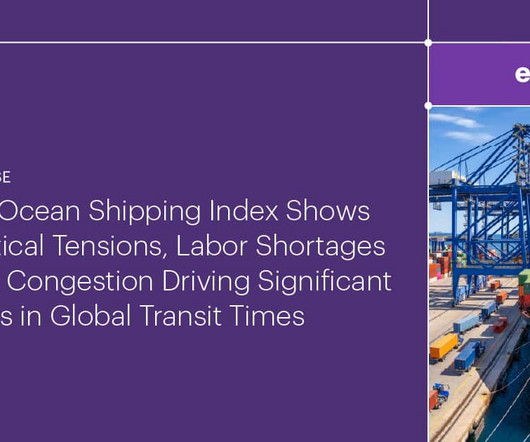Why 2025 Is the Year of the Smart Warehouse
Locus Robotics
JANUARY 31, 2025
Home January 31, 2025 Why 2025 Is the Year of the Smart Warehouse Hamid Montazeri , Sr. VP, Software & A.I. Co-authored by Hamid Montazeri and Mary Hart 2025 stands as a pivotal year for warehouses to transition into smart operations powered by artificial intelligence (AI), autonomous robots, and data analytics. As Drew Eubanks of Zion Solutions Group aptly put it on an episode of Warehouse Automation Matters , "Were starting to see exponential growth in the adaptation of technologies.






































Let's personalize your content